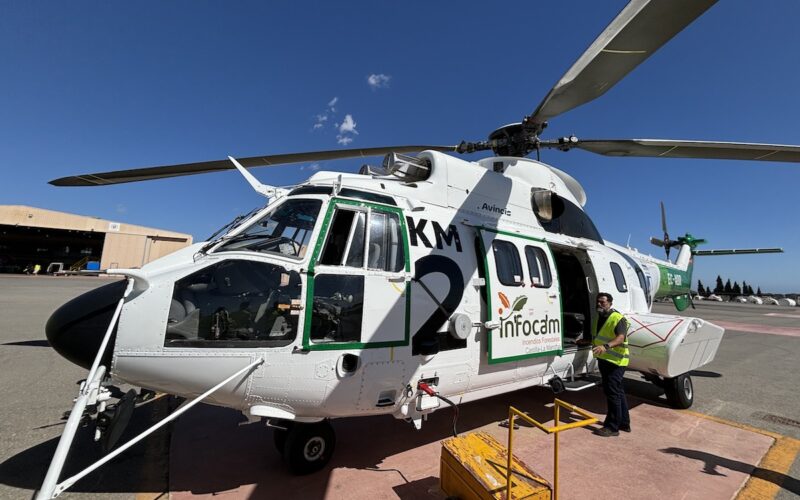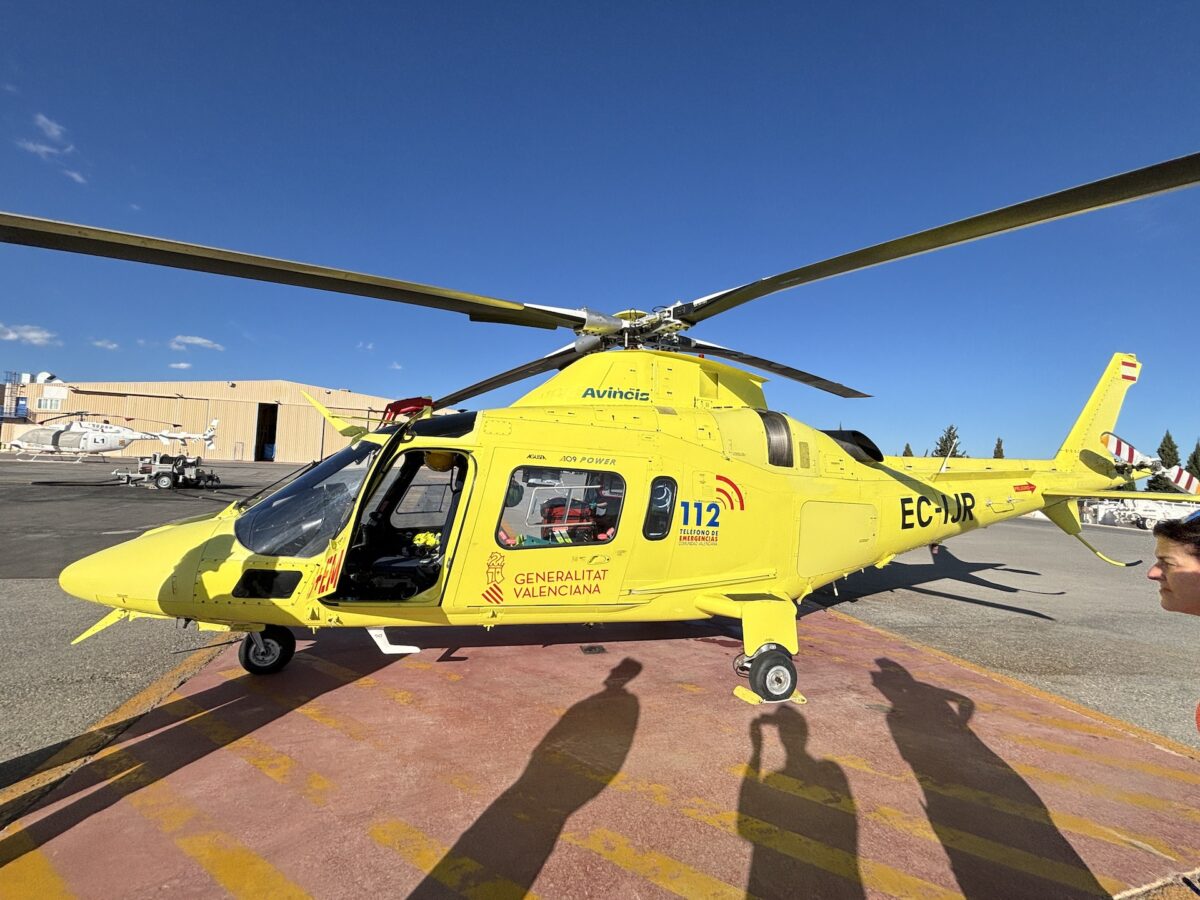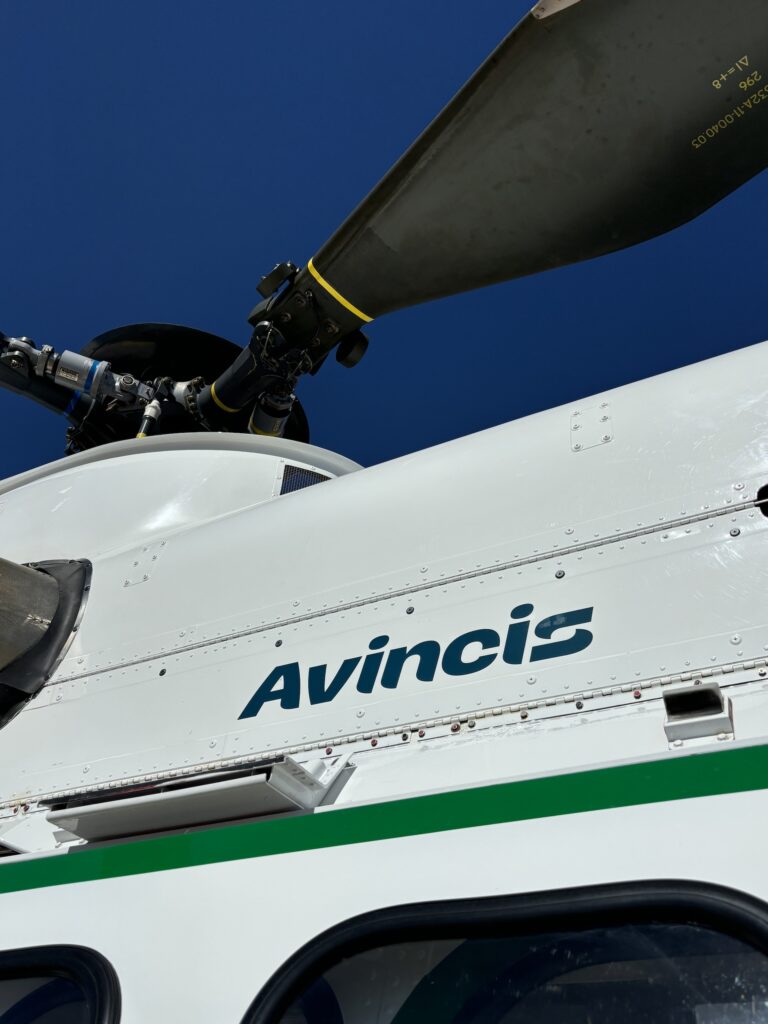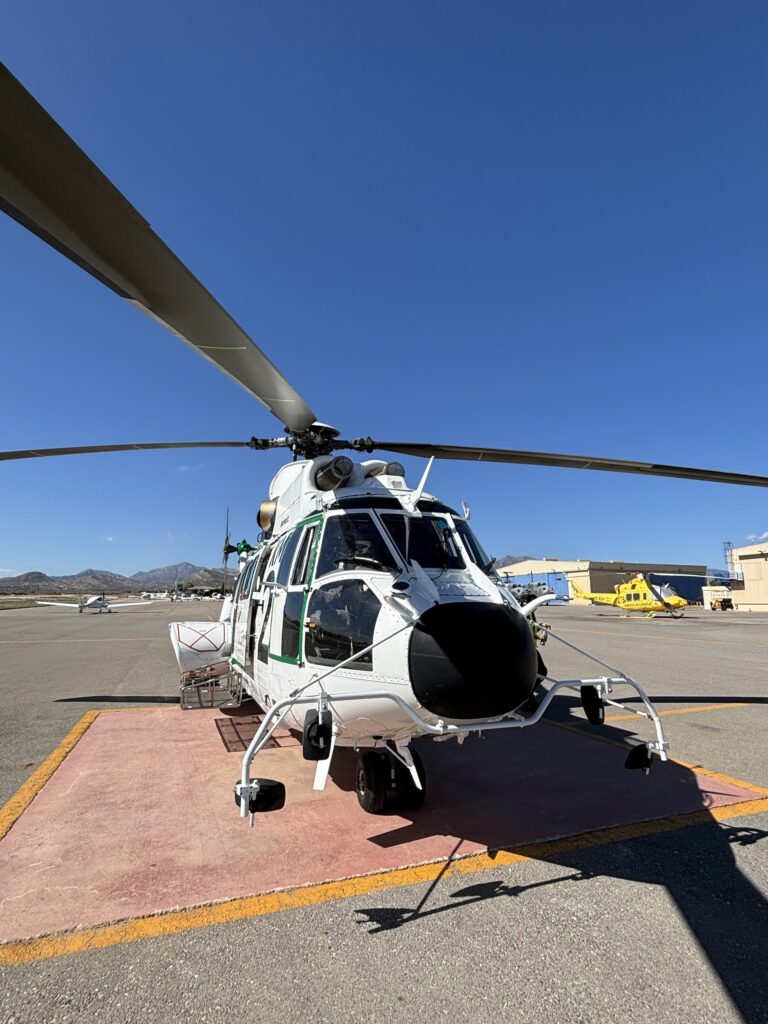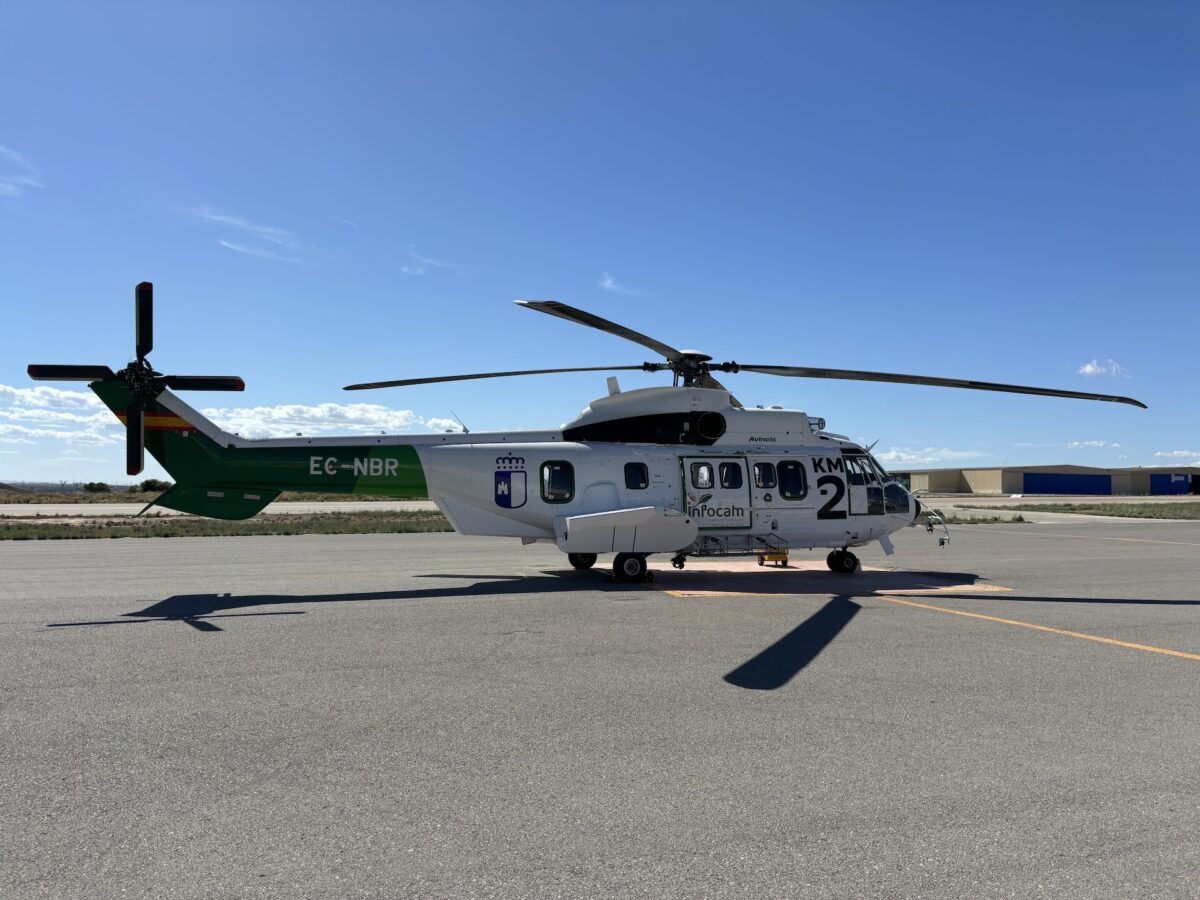In most of southern Europe, large forest fires have become a fixture of the summer season. Whether witnessed live or on television, people in places like Spain, Portugal and Italy have become accustomed to seeing helicopters and seaplanes pouring water over smoldering landscapes.
But what some might not know is that, even if they are emblazoned with the regalia of regional or national governments, many of those aircraft are operated by a privately-owned pan-European company, the name of which you might never have heard before.
Avincis is Europe’s largest aerial emergency services operator and one of the largest civilian helicopter operators in the world. Its fleet of some 220 aircraft, mostly made up of helicopters but also some fixed-wing aircraft, dwarfs many of the continent’s air forces, as does its network of operational bases, which stretches from the far north of Scandinavia to southern Spain and the Canary Islands.
From his base in Lisbon, Avincis CEO John Boag leads a business structured around the provision of three core services: Aerial Emergency Medical Services (EMS), Aerial Search and Rescue (SAR) and Aerial Firefighting (AFF) in three key regions, which each account for a similar share of the activity: Iberia (with operations in both Spain and Portugal), the Nordics (where it operates in Norway, Sweden and Finland) and Italy.
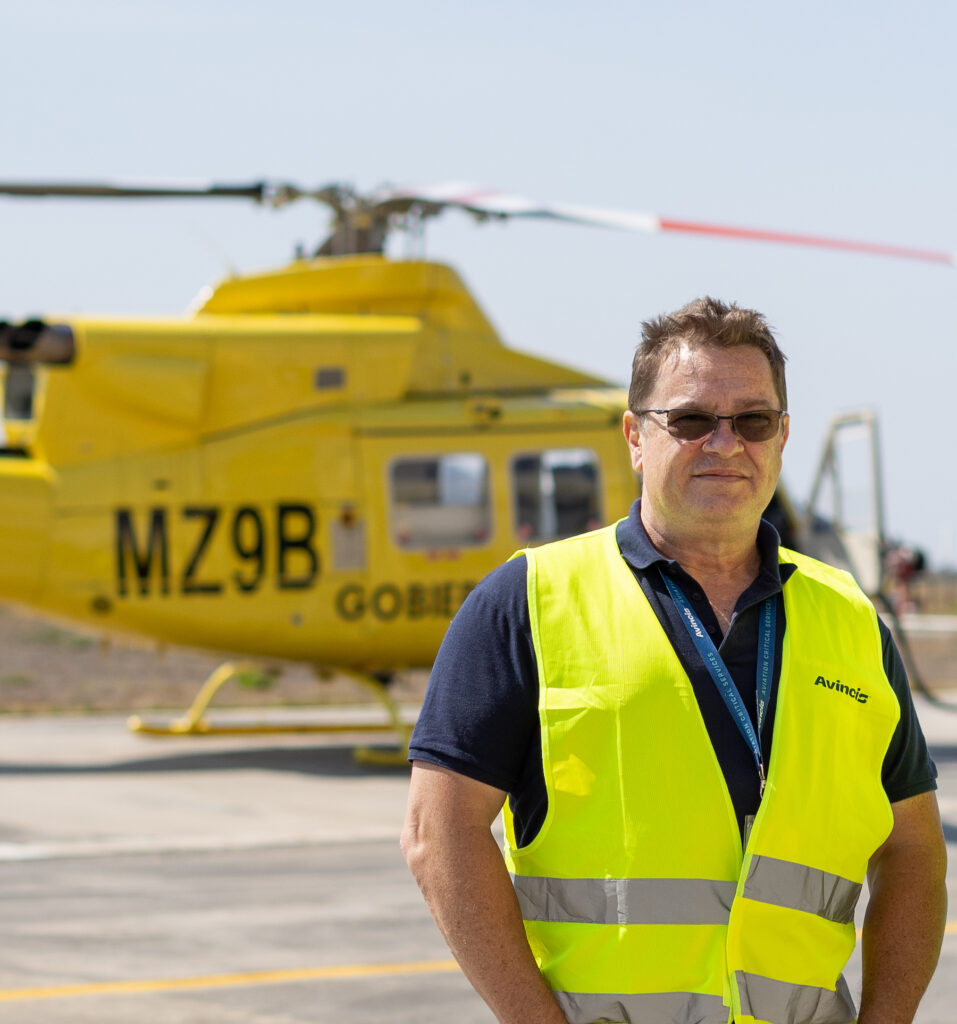
Originally from Australia, Boag moved from his hometown of Adelaide to Portugal in 2023 to take up the reins of the company following its acquisition by the current owners, London-based private equity firm Ancala.
Ancala, which specializes in critical infrastructure investments, purchased Avincis from British engineering giant Babcock International for €136.2 million (approx. US$150 million) with the aim of reshuffling its management and streamlining its business.
AeroTime headed to Alicante, the capital of Spain’s sunny Costa Blanca and home of one of Avincis’ main operational bases, to learn more about this operator, the services of which the lives of many people – and the preservation of many natural habits – depend upon.
The Alicante facility, located at Mutxamel airfield (ICAO code LEMU), is the company’s main service center for Avincis’ Spanish operations. Spain is a particularly important country for Avincis, which has 90 bases throughout its territory from where it operates firefighting and aerial medical services for several regional governments as well as maritime search and rescue services for SASEMAR, the government agency tasked with this responsibility.
Understanding the aerial emergencies industry
The aerial emergency services business is almost entirely driven by the public sector, with companies like Avincis competing to win government tenders throughout Europe.
When a government, whether national, regional, or local, tenders out the service it is usually up to the operators to crunch the numbers and produce the bidding offer that allows them to cover costs and make some margin of profit. This can be tricky in such a capital-intensive industry which requires the acquisition, maintenance, and amortization of expensive assets as well as the setup of a complex support infrastructure.
Boag explained how sometimes there is limited time to present bids and then make the necessary arrangements to be able to start providing the service. This is why companies like Avincis, which can operate at scale and already have processes and infrastructure able to respond to the needs of a broad diversity of customers, may have an edge in this type of market.
One of Boag’s main goals since taking over the leadership position has been to get the different units of Avincis to operate closer together and benefit from the synergies and scale derived from being part of a large organization. A case in point from October 2024 is Avincis’ Portuguese support center commencing maintenance work for some of its Italy-based helicopters for the first time.
One of the difficulties in this regard is that, unlike the commercial aviation industry in which an airline with a European air operator’s certificate (AOC) can operate anywhere in the European Union (EU) pretty much hassle-free, this is not yet the case with the sort of services that Avincis provides. This can make things a bit more complex when planning fleet assignments and servicing.
“If I won every tender, I would have a problem,” Boag joked when asked how the firm can ramp up capacity and deploy the necessary assets whenever there is a new opportunity to expand its footprint.
However, this has not prevented Avincis from finding employment for some of its aircraft and crews when it is the low season for forest fires in Europe. During winter in the northern hemisphere, some are redeployed to Chile, where they continue fighting forest fires during summer in the southern hemisphere.
Come autumn, usually around October (although governments in Europe are tending to prolong the season, something that is likely to happen more as global warming becomes more apparent), helicopters are packed onboard a ship and sent to Chile. However, if there is an emergency, they can also be flown in the belly of a large cargo aircraft. Crews take time off during the month-long voyage and travel by air to reunite with their machines for another flying season on the other side of the world.
The Chilean seasonal foray is not Avincis’ only extra-European venture since the Italian unit also runs a helicopter operation in Mozambique in support of the oil and gas industry there. However, Boag confirmed that, for the foreseeable future, the company’s focus will remain in Europe.
Building technical capabilities in-house
One thing Boag is particularly proud of is the technical capabilities Avincis has in-house. At its Alicante facility, for example, Avincis has two hangars where it performs maintenance, repair, and overhaul (MRO) in-house for several different helicopter types. This is particularly important when many of your machines are operating in salty environments, as is the case, for example, for the search and rescue helicopters Avincis operates for the Spanish government. Some of these helicopters could even be seen undergoing maintenance by AeroTime during our visit.
Avincis’ technicians work closely with helicopter manufacturers, such as Airbus, Bell, or Leonardo. This is a symbiotic relationship built over many years, which has resulted in Avincis being granted some rare authorizations to perform specific tasks or to operate certain types of highly specialized machinery on-site.
This level of trust has allowed Avincis to be more agile than other operators by being less dependent on the manufacturer’s lead times for some maintenance processes, senior technical managers at Avincis explained to AeroTime during the visit.
While Alicante is one of Avincis’ major MRO and operations centers, the network of support centers stretches across all regions where Avincis operates. For example, the company has another three maintenance centers in Spain, plus two in Italy and one each in Portugal, Norway, and Sweden.
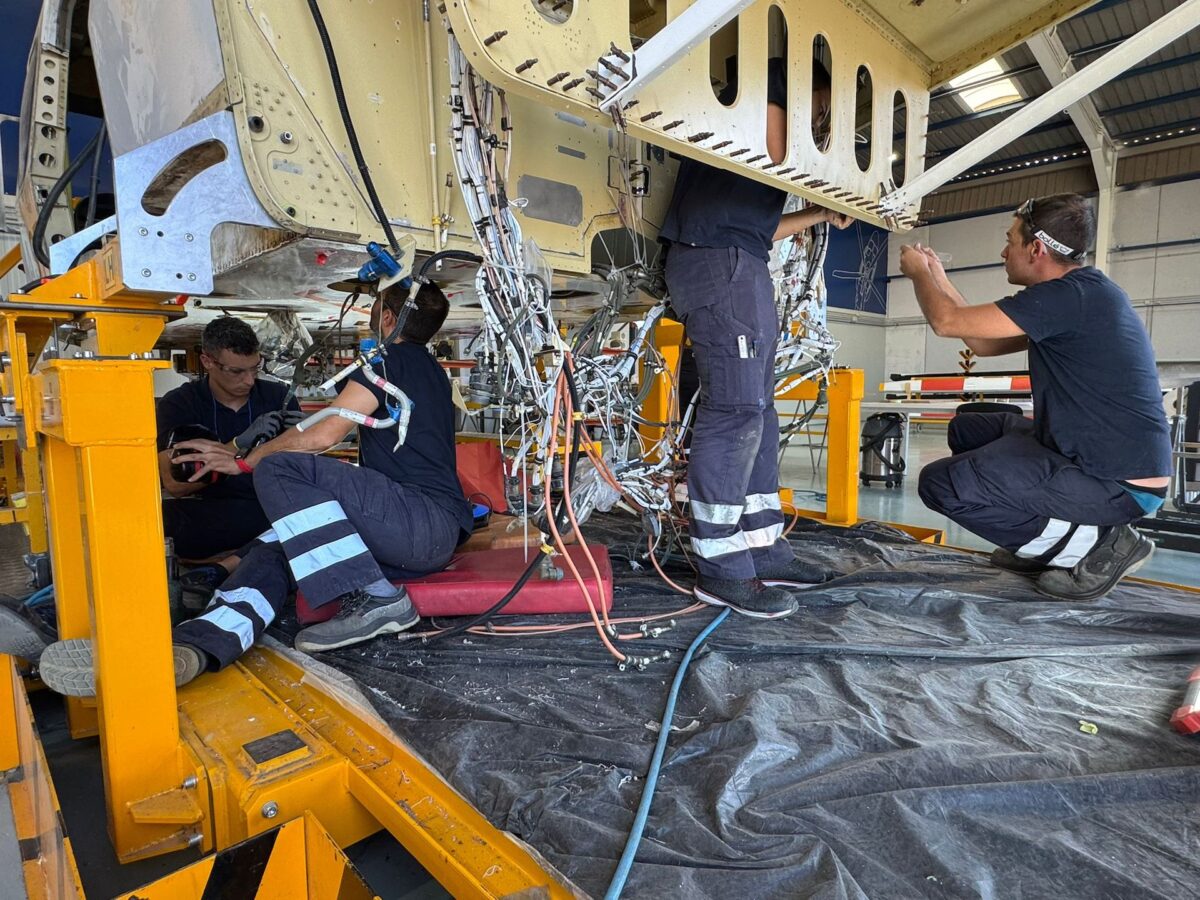
However, one challenge flagged by Boag is the attraction and retention of talent and skills. The Australian executive, who also has extensive experience as a helicopter pilot, explained that it is becoming increasingly difficult to recruit pilots and technicians at the same rate as people leaving the industry. The aviation industry is facing a shortage of recruits, but the issue is perhaps even more acute when it comes to helicopters, a smaller niche in which most professional profiles require a lot of training.
Boag also said he was keeping an eye on potentially transformative developments elsewhere in the industry. In June 2024 Avincis partnered with Airbus on advanced air mobility (AAM) to collaborate in defining a concept of operations and mission profiles for the new generation of electrically powered electric vertical takeoff and landing (eVTOL) aircraft.
This agreement sounds like a logical step since not only are emergency services one of the obvious uses for eVTOL technology, but Avincis is a major operator of Airbus helicopters, with some 80 of them in its fleet. The European aircraft manufacturer is currently developing its own eVTOL design, called CityAirbus.
So, even if eVTOLs do take on some of the emergency service roles currently performed by traditional helicopters, it is still likely that an Avincis rotary-wing aircraft will continue to save lives and protect nature across Europe.

